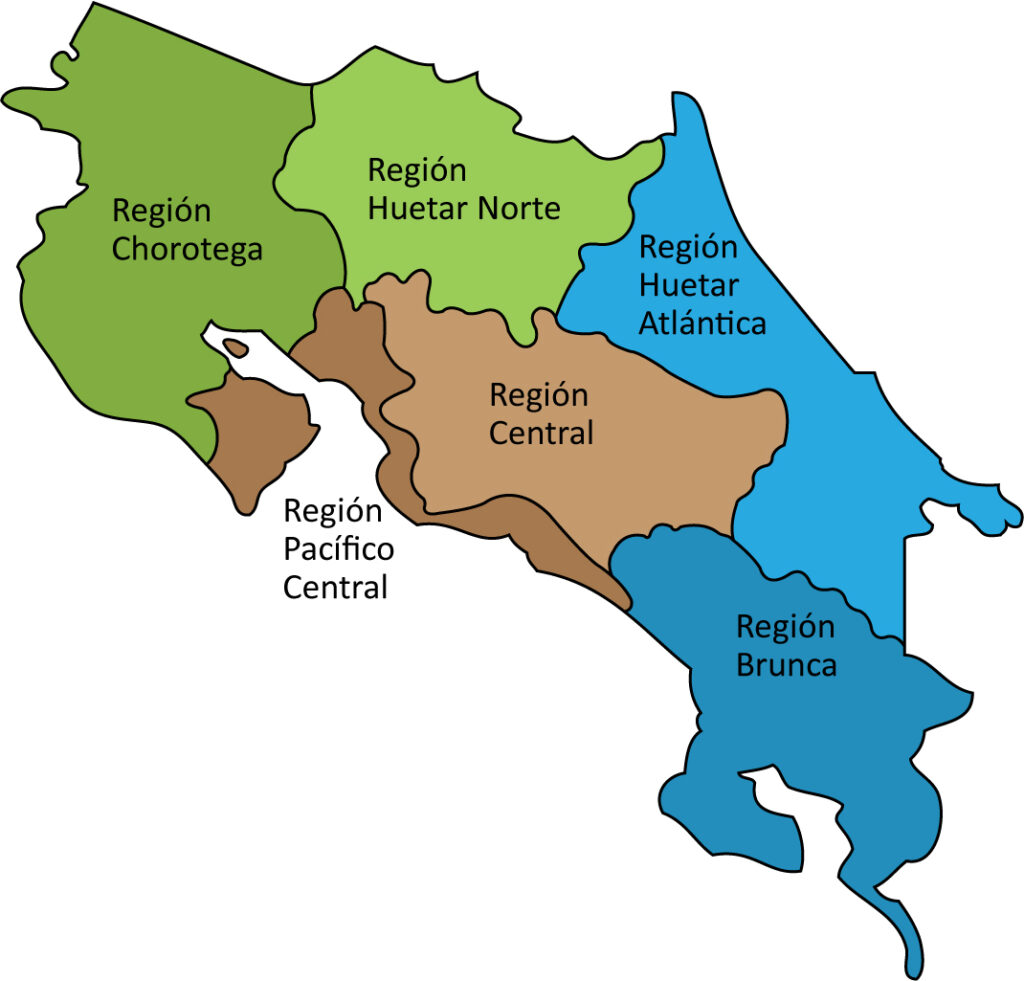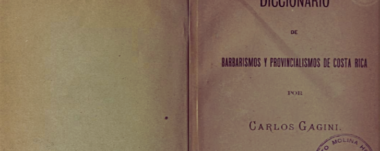Costa Rican Spanish

Learn about the characteristics of Costa Rican spoken Spanish: its phonetics, vocabulary and other aspects.
Spanish is the second most spoken language in the world in terms of the number of native speakers. When it was brought and taught in America by the Spanish colonizers, the Spanish language spread throughout almost the entire continent, displacing the native languages of the indigenous peoples. This is the reason why Spanish is spoken today in almost every country in America.
Since the American continent is so large, it is normal that Spanish varies from one country to another, that they do not have the same lexicon, nor the same accent. Thus, Costa Rican Spanish has its own characteristics that differentiate it from other Latin American countries.
Generalities
There are many specificities in Costa Rican Spanish. However, what can be said in general is that the Spanish spoken in Costa Rica is heterogeneous.
Why is this? The Spanish language in Costa Rica has been divided into two large dialectal zones: the Central Valley and Guanacaste. Even so, other smaller zones have been identified and, for some linguists, the dialects are found in five major regions:

- Valle Central (Central Valley)
- Zona Noroeste (Northwest Zone: Guanacaste, Península de Nicoya)
- Zona Atlántica (Atlantic Zone: province of Limón)
- Zona Norte (North Zone: San Carlos, Ciudad Quesada)
- Zona Sur (South Zone: Pérez Zeledón y part of Puntarenas)
On top of this, other studies have found sociolinguistic differences within regions.
Phonetics: The Erre Tica.
In phonetics we have several characteristic features, but the one that stands out the most is, without a doubt, “la erre (r) tica”.
In linguistics, it is proposed that /r/ underwent a process of asibilation in Costa Rican Spanish. This phenomenon is a phonetic change in which a non-syllabic consonant becomes a sibilant.
The peculiar sound (phoneme) has been described as “very fricative apicoalveolar aspirate”, with the symbol /R/, “multiple sonorant vibrant apicoalveolar” with /r/ or /ɹ̠/, “sonorant alveolar sibilant” with /ʐ/, among others (this will depend on the linguist). This phenomenon happens mostly in the Central Valley, because in Guanacaste the sound is usually “multiple sonorant vibrant”.
Phonology: Differences Between The Central Valley And Guanacaste
There are other aspects that differentiate the Central Valley from Guanacaste. In this case we will talk about phonology.
- The word-final /s/ sound tends to be aspirated or elided in Guanacaste Spanish.
- The intervocalic /ʝ/ tends to be elided in Guanacaste Spanish. For example “muchachillo” could be rendered as muchachio.
There are vowel changes such as:
- /e/ → [ i ] . For example, in “peor” (worse) which is realized as “pior”.
- /o/ → [ u ] For example, in “poeta” (poet) which is realized as “pueta”.
Finally, there are also accent changes:
- Maíz (corn) → máiz
- Oído (ear) → óido
Lexicon And Costarriqueñismos

Like any other country in the world, Costa Rica has its own distinctive lexicon or vocabulary.
In fact, several works have already been published compiling costarriqueñismos (Costa Rican expressions) in dictionary form: Dictionary of Costa Rican barbarisms and provincialisms(Gagini, 1893), Dictionary of Costarriqueñismos(Gagini, 1918) and, recently, the New Dictionary of Costarriqueñismos(Quesada Pacheco, 2007).
Likewise, Costa Rican Spanish is nourished by words from different cultures. For example, there are frequently used gypsyisms such as “achará” and its variant “acharita” (definition: regret for something that will not happen).
Despite the great influence of the Spanish in Costa Rican territory during the colonial period, names of plants, places, animals, etc. have been kept in their native language, such as Huetar:
- Place names: Siquirres, Tacares, Birrís, Patarrá, Quitirrisí
- Names of plants: poró, quitirrí, tora
- Names of animals: pirrís, purruja, yiguirro
- Common names: yurro (spring)
Voseo, Tuteo And Astedeo
The use of personal pronouns is a very interesting phenomenon. In fact, there are several studies that have analyzed the use of “vos”, “tú” and “usted”.
In informal situations, a very high percentage of Costa Ricans use and prefer “vos” rather than “tú”. For many, the oral “tú” is something corny and even effeminate; it is also an indication of foreignness, therefore, unacceptable in the mouth of a Costa Rican. According to the majority of the population, “vos” somehow represents naturalness, humility and originality. However, something curious happens in writing, since the Tico does find it acceptable to replace “vos” with “tú”.
In the case of “usted”, it can be used in both formal and informal cases, as it can be both respectful and affectionate.
These are some of the many characteristics of Costa Rican Spanish that make our way of speaking so special.
Sensorial Sunsets
Navigate articles




